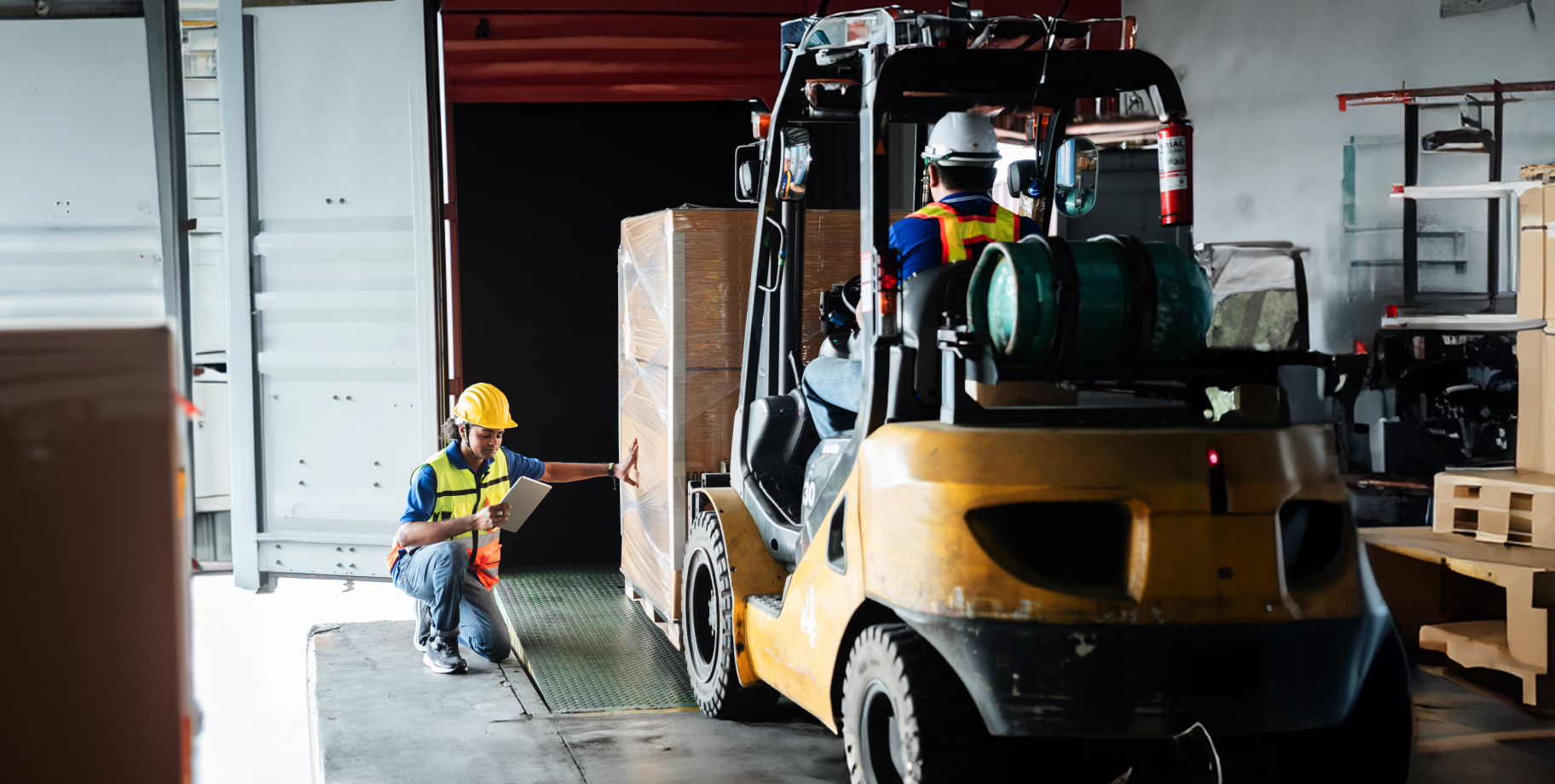REVERSE LOGISTICS – WHEN E-COMMERCE BITES BACK
Dec 05, 2022
Reverse Logistics –When E-Commerce Bites Back
Reverse logistics tends to see a spike in the first quarter of the year for an obvious reason: Following the holiday season, consumers often have one or more items they want to return. Companies have come to anticipate this dynamic as e-commerce has increased its share of retail. What’s more, as consumers get more accustomed to the process, the more companies can expect returns management – also known as reverse logistics – to factor into their cost structure.
The process involves returning products one or several steps back in the supply chain, either from final destination back to shipper or back to the distribution center. There are many factors to consider, including keeping costs low, keeping customers happy with an easy return process and planning for the unknown. We’ve seen it all, as our team works closely with customers and carriers to make the process a smooth one.
Process challenges
Factors impacting reverse logistics are much the same as those for shipping, including labor and transportation costs. Historically, the average return can cost retailers as much as two-thirds of the purchase price for the item. This not only impacts the company’s profitability but—if the process is a hassle for the customer—they are likely to not shop with that retailer again, at the expense of future sales.
In a world where one, two or three-day shipping is common, many companies feel the strain to get their products out to consumers to ensure loyalty and satisfaction. Constant visibility of a shipment’s location and estimated time of arrival are also expected.
This expectation goes beyond the initial order if the customer opts to return a product for a refund. Retailers must keep visibility and urgency top of mind to keep their customers happy with no disruption to business operations. That’s when the use of a 3PL partner can help. Our team works with our trusted network of carriers to find the most optimized routes for the return logistics process to benefit any business.
Prepare for the worst
A first step in devising a reverse logistics strategy is to audit your processes and check what percentage of your transactions actually lead to returns. Per the Wall Street Journal, around 30% of e-commerce purchases have historically resulted in returns. If you’re doing worse than that, you might want to look at your merchandising as well as your returns. If you’re doing better than average, congratulations! Assume you’ve been lucky, and this is the year your returns will revert to the norm.
Now you have a budget number to work towards. Cost out the effects of returns policies and the staffing to implement them. Calculate restocking returned merchandise or reselling it into the secondary market, and the transportation costs that go with each option. Figure the best way to minimize your losses. For example, some merchants include a pre-printed return label with the goods. This ensures that the return will ship via the least expensive option.
Even though the merchandise is theoretically being “returned,” that doesn’t necessarily mean it must go back to its point of origination. A whole industry has sprung up focused on returns management and disposition of returned goods. Depending on the allowance you’ve budgeted for returns, it may make the most sense to outsource some or all of the necessary functions.
The capacity portion of the solution
With the right plan in place and partner on your side, reverse logistics is more efficient and less painful for any business. NTG’s extensive carrier network—from port to porch—delivers on every leg of logistics, including the reverse portion. That includes warehousing, which NTG can integrate with its transportation solutions.
Our team works closely with customers, providing end-to-end visibility to monitor execution of your transportation strategy, including reverse logistics.
To learn how NTG can help your business handle reverse logistics, contact one of our logistics experts today.
Recent Posts

Stay in the Know: Carrier Trends & Market Updates

Q4 2025 Transportation Outlook


